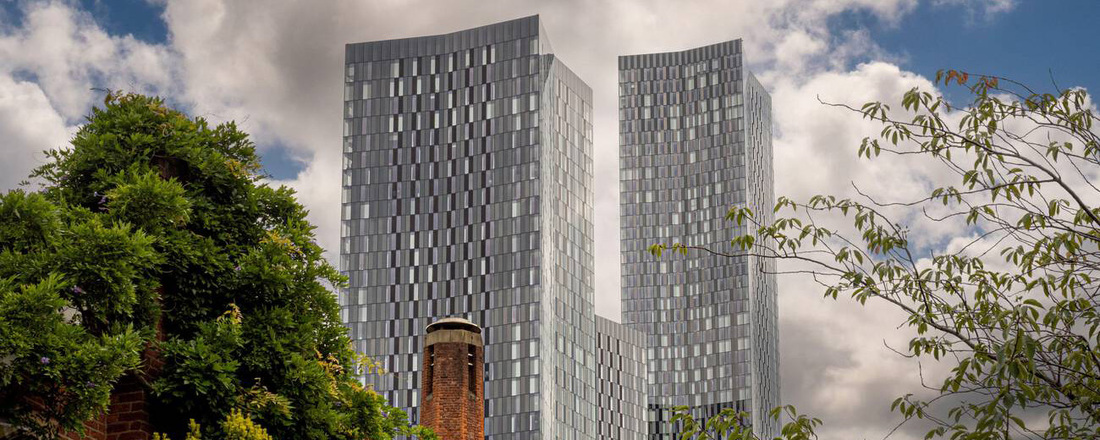Get updates from The Developer straight to your inbox Yes, please!
"Beautiful buildings in beautiful places, where they are also beautifully placed"
Is the emphasis on beauty in planning reform a salvo for good design or a divisive distraction in a crisis? Steve Taylor writes on embedding aesthetics in policy

Steve Taylor is a writer, researcher and editor with a particular focus on urbanism and culture. After working in publishing and consulting,
......Michael Gove MP, Secretary of State for Levelling Up, Housing and Communities and Minister for Intergovernmental Relations, sent a letter on l December 2022 to the leaders of every council in England, titled, in bold caps, "creating beautiful, popular, healthy and sustainable places". "The government considers that beauty and good design are central to levelling up and good place-making;’ the letter began, referring to June 202l’s National Planning Policy Framework as having "established beauty as an overarching objective".
To support this initiative, Gove’s department announced the establishment of an Office for Place. Couched in the language of encouragement, and evidently keen to avoid being perceived as proscriptive or dictatorial, the letter asked local authorities to fast-track permissions for well-designed places, refuse those for poorly designed ones, and to prepare design codes, as well as ensure that their teams incorporate design and placemaking expertise.
Many had feared the commission would sneak traditionalism into the planning citadel inside a Trojan horse of "beauty"
In his letter, Gove promotes sustainable development as a parallel - though seemingly secondary - aim. By April, Gove had overruled the planning inspector to refuse planning permission for a Berkeley Homes 165-dwelling development in Crane Valley, Kent, for aesthetic reasons - a decision Berkeley has said it intends to challenge in the High Court. Unlike some prospective pronouncements that issue "encouragingly" from government, Gove’s prescription for beauty in the built environment is enshrined in policy. It rests on foundations built over the previous decade; a process that began even before the autumn 2018 launch of the Building Better, Building Beautiful Commission, chaired by Roger Scruton.
Many had feared the commission would sneak traditionalism into the planning citadel inside a Trojan horse of "beauty". The Observer’s Rowan Moore, for example, excoriated Scruton’s "special cock-tail of arrogance and ignorance" upon his appointment. As for Boys Smith, who was left holding the reins when co-chair Scruton died in early 2020, his Create Streets was launched with a Policy Exchange paper that called for council blocks to be demolished in favour of terraced streets; the report described multistorey housing estates as "self-defining ’ghettos"’.
Boy Smith: “It didn’t use to be strange or controversial that we should create beautiful places”
When its final report, Living With Beauty, was published pre-lockdown on 30 January 2020, these concerns seemed largely unfounded with the report more focused on criticising England’s planning regime. Some Scrutonesque views linger, though, such as holding the ’"educational influence of the Modern Movement" responsible for a purported "disparity between popular taste and professional advocacy" and for "intimidating" planners.
In the report, the inevitably subjective and slippery concept of beauty is explicitly expanded as evincing more than just buildings, to embrace a wider "spirit of the place". We should, it said, be "advancing the cause of beauty on three scales, promoting beautiful buildings in beautiful places, where they are also beautifully placed". So much beauty in a single sentence!
Boys Smith’s role has now evolved to heading the Office for Place, an offshoot from the Department of Levelling Up, Housing and Communities, which is in the process of becoming a legal entity in its own right. Boys Smith chairs its advisory board. The Office for Place’s main lever for applying the beauty commission’s findings to the actual practice of planning and housebuilding is the local design code, an instrument that currently only 40 per cent of councils possess.
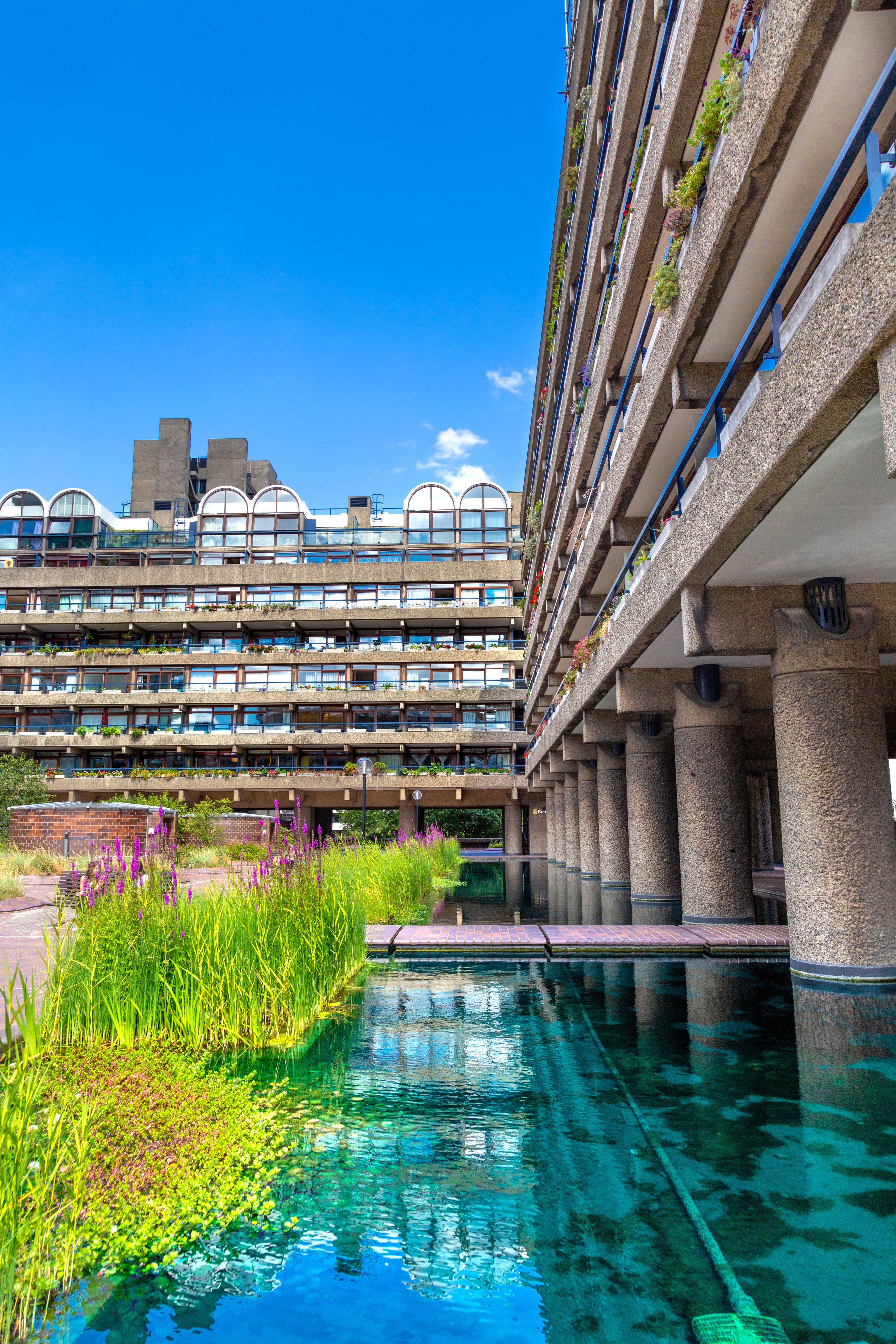
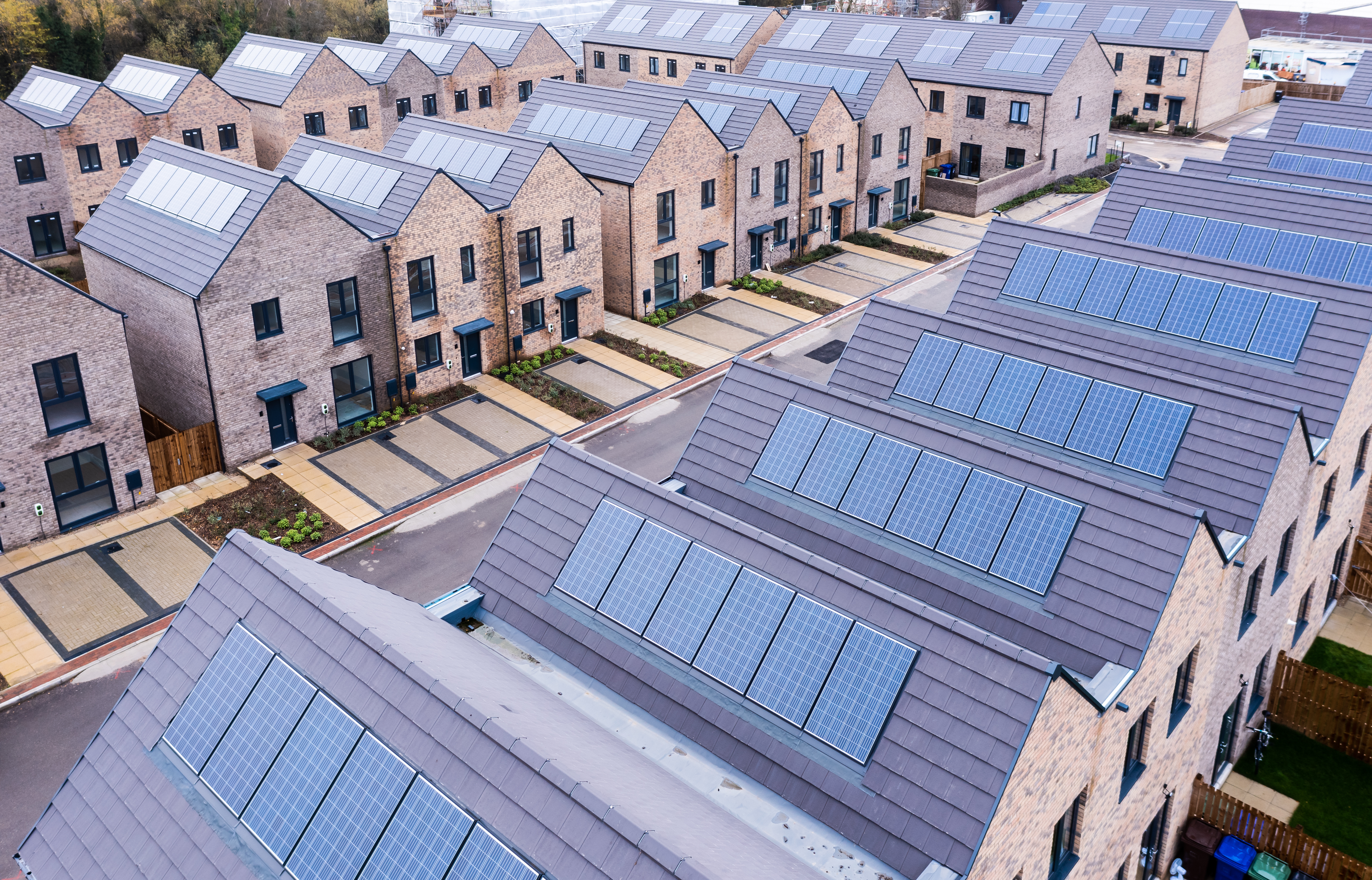
"Design codes, until recently, have almost exclusively been used by big developers and landowners in phase one planning applications," Boys Smith explains. "Now the new codes are for a different use, for expanding their scope into the planning system, making it clear what the local priorities are”. In principle, local design codes are not meant to be mandatory but rather a "toolkit of design principles for councils to consider for new developments" which they are encouraged to use. Any potential space for ambiguity is mitigated by the broad expectations laid out in the revised National Planning Policy Framework and the National Model Design Code (NMDC).
In order to test the tools and guidance that the NMDC provides for assisting with the production of local design codes, the government announced 14 six-month pilot projects in May 2021, with each selected local authority receiving a grant of £50,000 to conduct their trial. Locations ranged from Portsmouth to Newcastle, and across a variety of contexts (city centre, town centre, urban, suburban and rural) and focuses (from a "highly dense and complex opportunity area" to a "county-wide model").
Some involved reviewing, elaborating or extending the application of existing design codes; others were about creating new ones. In theory, says Boys Smith, the new codes are "mainly visual and numerical" - there is a determination to reduce the wordiness of the guides to make them more accessible; the regular citizen is assumed to be more of a visual person than a reader. Behind the emphasis on making the new codes more visual and less wordy is the intention to make them more amenable to digitisation and to subsequent aggregation on the Office for Place website.
The hope is that, as the Office for Place collates utilise codes and makes them available, "best practice will arise" so that, while each locality will have its architectural and place-based aesthetic particularities, what will also emerge are nationwide standards of "what good looks like". The 2021 design code pilots varied enormously in scope and purpose. The pilot for Weyside Urban Village, a 30-hectare suburban brownfield site regeneration scheme in north-east Guildford, for instance, set out to community-test an existing design code.
According to Andrew Dobson, an associate with international placemaking practice JTP, which led the exercise, the aim was to "contrast the site-wide code that had been produced with what the community thought was important". Time constraints precluded an open consultation. Instead, a Community Review Panel of 30 representatives from local institutions, membership organisations and interest groups was convened with the help of the local authority.
"If you’re designing a new place, is it architectural form that’s important? People came back to us saying that green infrastructure is more important.”
The outcome is a succinct 42-page document, the Weyside Urban Village Community Design Code, rich in photographs, sketches and diagrams, in which each section combines required design principles with illustrated precedents and supporting quotes from the community. But the code also has a peculiarly unclear status, as stated on its introductory page “It is anticipated that it will help to influence subsequent reserved matters applications for Weyside Urban Village and also future reviews of the site-wide design code which forms part of the outline planning application." So far, so advisory. Then we read: "Despite this, the code which follows this introduction has been written as if the guidance it contains is mandatory rather than advisory." Dobson confirms the latter interpretation. "Everything in it is mandatory," he says.
This ambiguity between prescription and advice seems to be baked into the entire design code process, from the NMDC and Gove’s letter downwards. In its content and presentation, the Weyside community design code is an example of what Stephen Hill ofI-lyas planning consultants describes as the government’s intention to "get away from really detailed, architecturally driven, pattern-book-style documents". Hyas led a multidisciplinary team in drawing up a code for the St Cuthbert’s Garden Village on behalf of Carlisle City Council. This was one of a second phase of pilots, known as the DLUHC Design Code Pathfinder programme, in which 21 local authorities were awarded either £120,000 or £160,000 while four neighbourhood planning groups each received £30,000.
The grants to councils represent a significant increase on the funding advanced to the 14 phase-one pilots, a sum closer to the true cost of producing a code. As JTP’s Dobson observes: "You could have easily spent the £50,000 just on community engagement" alone. In the feedback to the government from phase one, some local authority planners stressed their dependency on external experts in producing codes. Hill describes this lack of specialist skills as "a big problem; lots of councils don’t have urban designers or architects - government understands that".
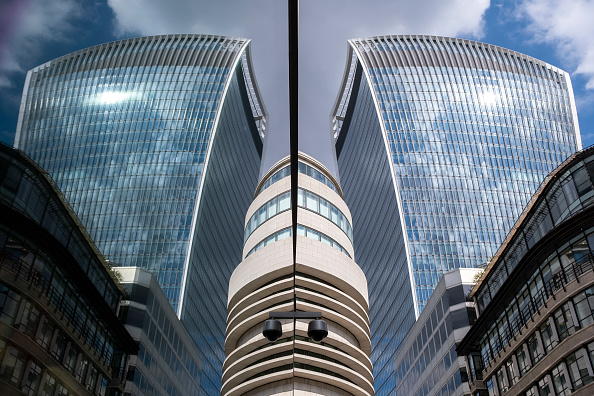
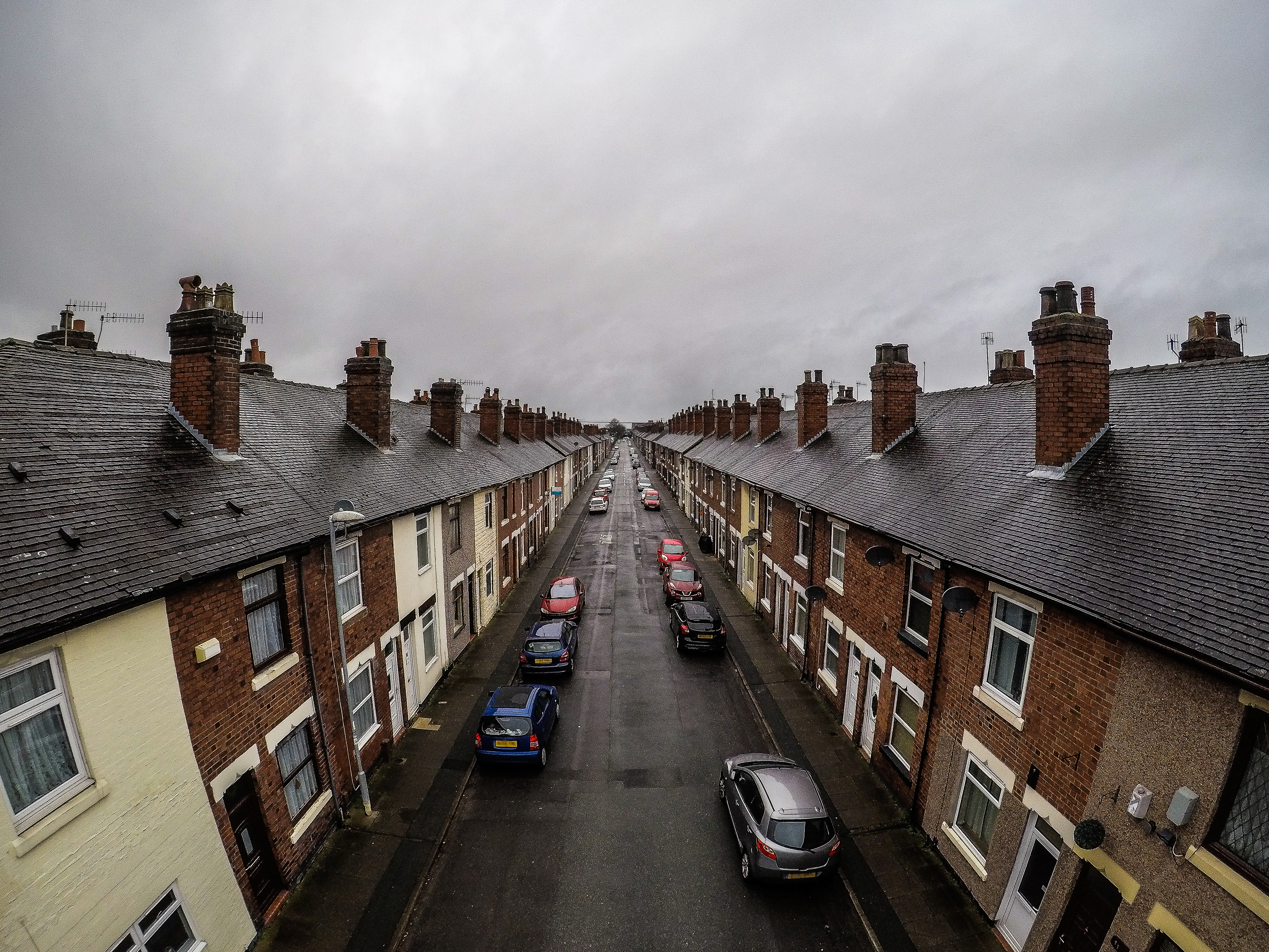
The phase one monitoring and evaluation report, produced independently by a team led by UCL’s Professor Matthew Carmona and published in June 2022, confirmed that "with a few exceptions, local authorities were not set up to deliver design coding inhouse. Key skills gaps include urban design, graphic communication, viability assessment and digital engagement." Remedying this situation, he said, would require “necessary investment”.
The Office for Place’s Boys Smith, perhaps more keenly aware from his proximity to the the government of its reluctance to increase ongoing funding to local authorities, sees the solution in switching the focus of existing planning staff. "A lot of effort goes into development control, not strategy,” he says. The future of planning is about "a more efficient process" and "generational change".
Using existing staff differently does not, however, sound like a way to solve a substantial skills gap. Some phase-one pilot participants made it clear that, without the one-off grant funding, it would have been impossible for them to produce a code at all. It is hard to see how the local design code programme can progress without a substantial financial commitment from central government. Without it, there is a risk that code creation will default from the council and the community back, once again, to the developer.
How successfully did the design code pilots fulfil their role of injecting "beauty" into local planning? To what extent was the concept even valued by the communities that were consulted and involved in code creation? The commission took it as read that "people want to live in beautiful places; they want to live next to beautiful places; they want to settle in a somewhere of their own, where the human need for beauty and harmony is satisfied by the view from the window and a walk to the shops, a walk which is not marred by polluted air or an inhuman street".
The primacy of beauty is not a view shared by all local communities, as Hill reports from the public consultation around the proposed St Cuthbert’s development: "If you’re designing a new place, is it architectural form that’s important? People came back to us saying that green infrastructure is more important.”


Residents often care more about "liveability" than building style. Local priorities cohere around factors such as access, transport, green spaces, good quality housing and services, rather than aesthetics. In contrast, when Dobson and his team attempted to conduct a community discussion about the architectural design of the Weyside development, there was such a wide variance of views, from traditional to contemporary, that the discussants "almost came to blows at one point". Unsurprisingly, he sees the topic of beauty as "very divisive, potentially". "Beauty is a noble aim, but is too subjective to be integrated into national policy without definition," says Vicky Payne, Strategy, Research and Engagement Lead at the Quality of Life Foundation, which focusses more on independent research and post-occupancy resident surveys as measures of design quality.
"Focusing on beauty risks derailing policy progress on design, fuelling polarisation, justifying weak housing delivery and worsening design inequality by focusing on exceptionalism instead of raising the baseline," Payne says. "We should be looking to improve health and wellbeing through the built environment, and refocusing on design quality would be a better route for this.”
In some places, beauty may simply be irrelevant. Gbolade Design Studios, which specialises in sustainable and regenerative projects, was part of a trio of firms tasked with preparing a local design code for the Hatcham Road/Ilderton Road area in Southwark, south London - "a highly dense and complex opportunity area". The studio had to get to grips with a gritty post-industrial zone speckled with bomb damage and subsequent new development. As partner Tara Gbolade explains: "Beauty didn’t come into the conversation; our focus was on what’s on the ground. Beauty is too broad, everyone’s perspective is so subjective."
It could even be summarised that the area in Southwark, which is home to a plethora of artist’s studios, independent galleries and underground music venues, attracts those occupiers partly through its very lack of beauty, at least in any conventional sense.
According to Gbolade, their response was to create a code (which has already been adopted by Southwark Council) that is "not that prescriptive; we very much acknowledged that these businesses would stay in the area". In response, the Hatcham code addressed a different set of priorities, namely: "How do we ensure that the public spaces all tie in together, how do we preserve and enhance the industrial and creative character of the place?"
It’s here that a common trajectory for the new design codes emerges, in a decisive shift of emphasis from buildings to place midway through the pilot programme, architect Paul Monaghan, a member of the Building Better, Building Beautiful Commission, explained that "the report was suspected as being about ’traditional’, but the actual content was more about placemaking ... Everyone is in agreement that it’s placemaking that’s going wrong."

Monaghan highlights the government's fondness for speed in delivering housing numbers, enabled by permitted development and mass housebuilders. His concerns about the design of largescale housing developments sprouting up on the edges of towns and villages are strongly endorsed in the results of a public consultation in the Surrey village of Wadhurst, where Create Streets is currently working on the production of a local code.
Opinions on the existing built environment are recorded on an interactive map that invited public comments. A visible constellation of "dislikes" accumulates around a recent cluster of new houses on its south-eastern edge. Comments describe "identity urban sprawl" made up of "Euro boxes" that would be preferably located in a "town centre", "a new town development'', "Milton Keynes" or just somewhere "other".
No respondent believed the cluster evoked "a sense of place". But while local residents are perfectly entitled to favour the village's "Wealden architecture", just how useful is this adaptation of binary online scoring, beyond encouraging venting and comments that resemble prejudices more than considered views? These are easy criticisms to level, though, and there may be further consultative steps in this project that encourage more nuanced responses. Indeed, consultation is another aspect of these changes to planning that remains unclear.

Does the community inject its views into an authority-wide code in a one-time exercise that lumbers future developments with their sense of good design in perpetuity? Coding works on a multi-scalar basis, from an entire district down to a small scheme. Hill describes it as "a cascade of coding", from the NMDC to a code that's applied across a borough, neighbourhood or masterplan and which may contain a mixture of mandatory and advisory elements, to codes for specific locations and sites that are created by developers in cooperation with the council. According to Rob Thompson, a councilemployed urban designer who was involved in the North West Leicester Phase 1 design code pilot, "There's a natural layer of consultation built into the planning process. A code doesn't override the checks and balances in the process; it informs them:"
Boys Smith believes the consultation involved in creating borough-level codes is about the local authority "deciding to worry about different things to different degrees" - in other words, the community and the council agree on priorities, on what matters, rather than on architectural or design specifics. Thompson confirms that his local community were consulted in the creation of an area-wide "good design guide" which in turn "influences development across the district". For him, consultation runs through the whole process.
As for Boys Smith, despite seeing the foregrounding of beauty as a return to a previous state of grace ("It didn't use to be strange or controversial that we should create beautiful places"), he is clear that "it is not for me to tell you what you should like; it is for the governance of the planning system to take account of people's preferences". Overall, it's possible to see in the design code pilot programmes both a subtler consultative methodology emerging alongside a constructive evolution of the notion of beauty.
Hill proposes a path to reconciling The Weyside Urban Village design code prescribes a non-linear building line and not more than six terraced houses in a row the community view with its professional equivalent. "If you've got something to bring as a professional," he says, "then you've got to test it, present it to the public and ask 'have we got it right?' We find that conversation really refreshing.”
In the Instagram and "snowflake" era, beauty tends to be self-defined, self-declared, unique and selfpromoted
Hill and Dobson also stress immersion in, and learning about, the area - an approach that Gbolade found insightful in preparing the code for Hatcham Road/Ilderton Road. "On site, the more time you spend there, the more you fall in love with it," she says. "There's beauty there." Beauty as an emotional attachment to a place and beauty as a planning requirement, though, are not the same thing. Many planners, placemakers and architects struggle with the word, seeing it as a slippery and unhelpful concept; like Monaghan, they prefer to talk about "good design", or as Dobson suggests "good quality", maybe because such descriptors are a great deal easier to define and agree upon.
According to Shakespeare, "Beauty is bought by judgement of the eye", a sentiment popularly expressed as "beauty is in the eye of the beholder". But that expression has long been superseded in the Instagram and "snowflake" era, where beauty tends to be self-defined, self-declared, unique and selfpromoted. A fundamental desire to reclaim beauty as an objective measure is perfectly understandable from the perspective of a conservative worldview, but even where a community shares that viewpoint, it turns out not to be their priority. "Beauty" is not the best word to describe places that meet the “elemental needs" that the Living With Beauty report identifies as crucial to living well. What people really want are places that work for them.
Steve Taylor is a writer and editor who has also worked in innovation with start-ups and accelerators. He completed an MRE in Architecture at UEL, led by Anna Minton, where his research involved developing a mapping technique for charting the capital flows through and from Delancey's redevelopment Elephant and Castle.
Sign up to our newsletter
Get updates from The Developer straight to your inbox
Thanks to our organisation members
© Festival of Place - Tweak Ltd., 124 City Road, London, EC1V 2NX. Tel: 020 3326 7238
